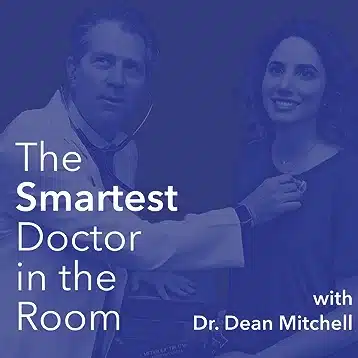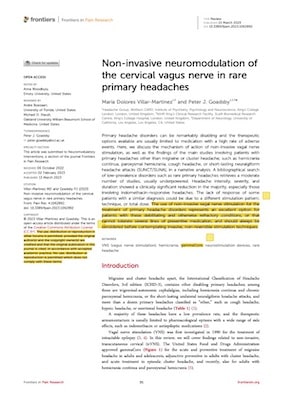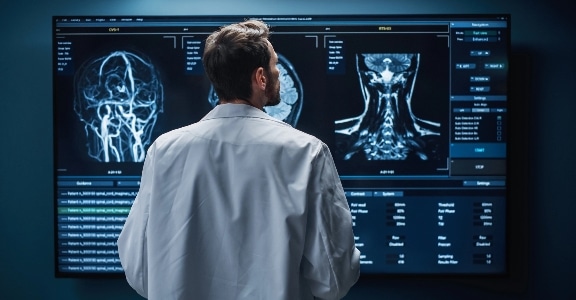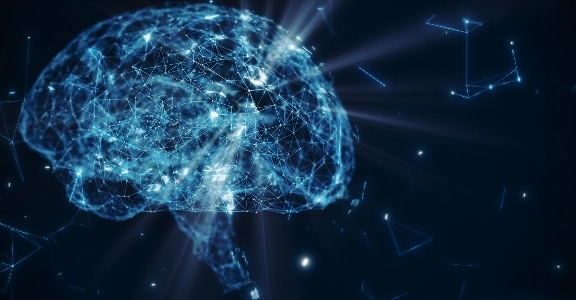FEATURED STORY
Vagal Nerve Stimulation for the Reduction of Cognitive Impairment in Alzheimer’s Disease

FEATURED STORY
Russell Wilson Recognizes Founding VNS Society Member Dr. Antonucci in his Concussion Recovery

FEATURED STORY
Practical use of Gammacore device for Migraines.. and other illnesses

Newly Released Study
Read this newly released study on the Vagus Nerve!




